How to Build a Bug Out Bag: Be Ready for Anything

The internet is host to lots of debate on what the best items are to be included in a DIY bug out bag. Most guides feature a fairly generic list consisting of more or less the same items, without actually defining what a bug out bag (or B.O.B.) should be and how to customize one for your individual needs.
Essentially, a bug out bag is an emergency supply kit packed with gear to help you survive for 72-hours in the event disaster strikes. It should include basic necessities such as food, water, medical supplies, and shelter, along with personalized items tailored to your specific situation.
Professional bushcrafter Dave Canterbury broke down the basic items that should be included in a B.O.B. by creating the 5 C’s of Survivability: a cutting tool, combustion device, cover, container, and cordage. Still, this doesn’t supply any attributes that help define what a bug out bag is and why you should have one.
Each and every one of our lives is complicated and unique. In the case of a catastrophic event, we need to be able to rely on the fact that we are prepped to the best of our abilities to meet our needs. In this article, we’ll go over a bug out bag’s most important features so you can craft one that’s uniquely suited to you.
Download our FREE BUG OUT BAG CHECKLIST
What is a Bug Out Bag
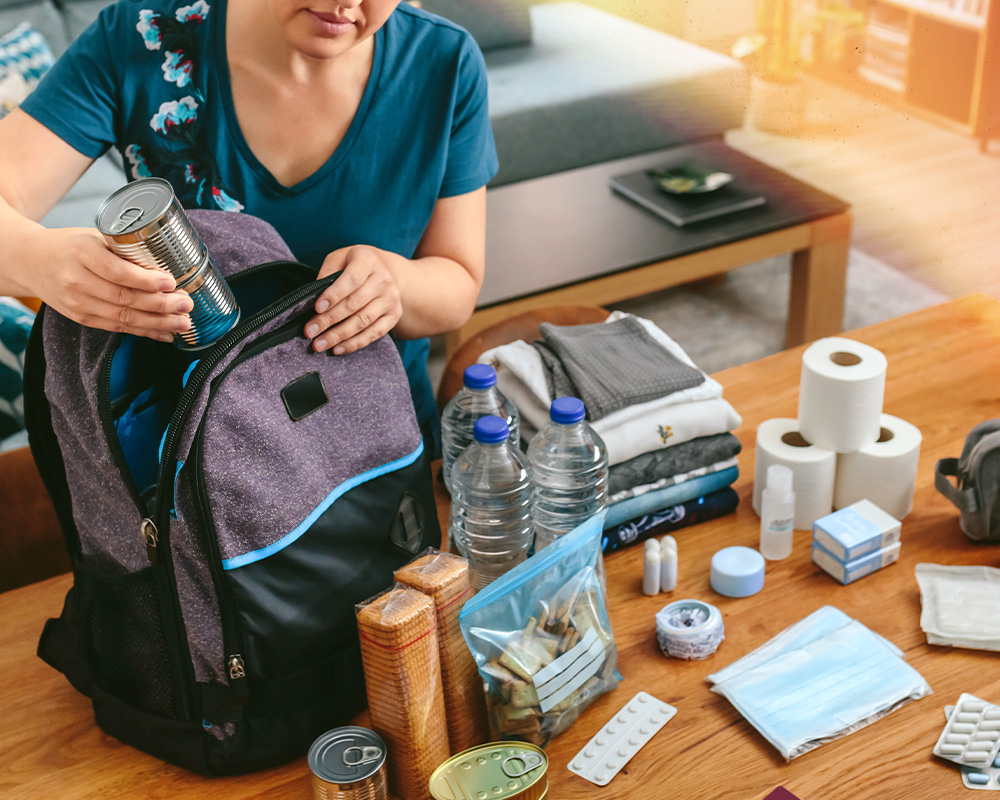
Also known as a go bag, 72-hour kit, or survival backpack, bug out bags are meant to prepare you for disasters – both natural and man-made – as well as random emergencies. In short, it should contain the tools needed to help you make it from point A to point B in a survival situation.
Usually kept in a car or another place with easy access, a bug out bag is meant to meet every essential need you will have in the event you must traverse on foot over the course of about three days. In a dire situation, there will be basic needs that have to be met to carry on, and strategically building a 72-hour bag will ensure you have all your bases covered without holding you back in any way.
We believe a good bug out bag can be broken down into six overarching characteristics – intelligent, mobile, self-sustaining, adaptive, weather-resistant, and defensive. We’ll break down each of these in the following sections to help give you an idea of what to put in a bug out bag.
Intelligent: Get Out Smart
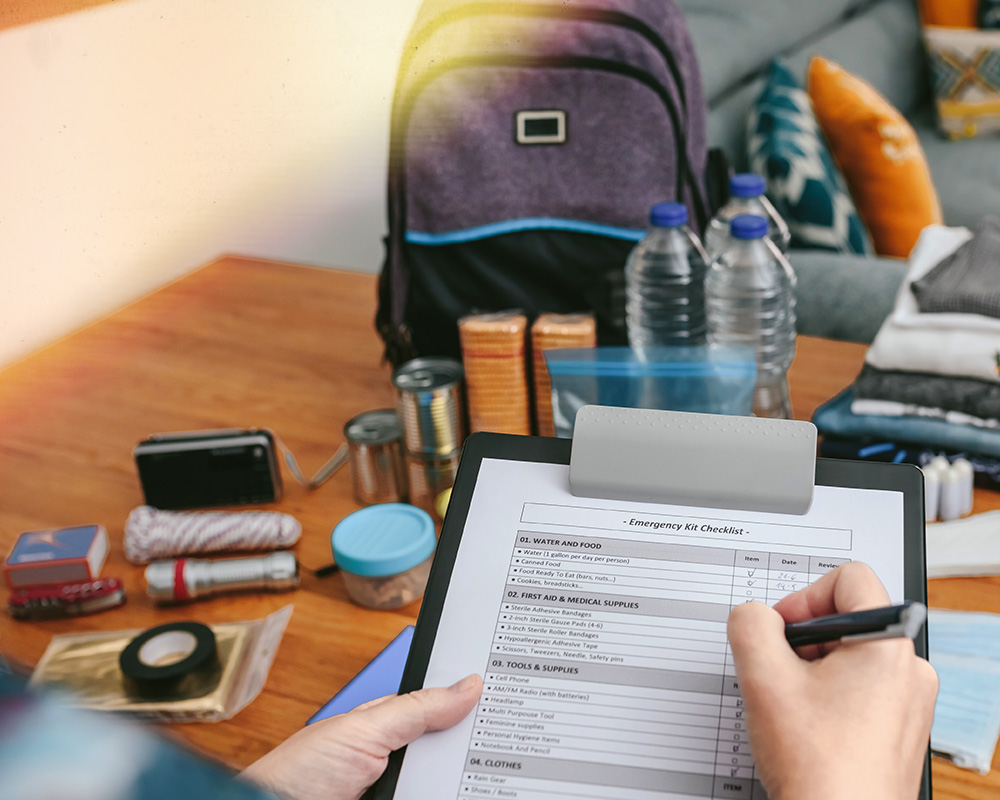
Probably the most brow-raising term chosen to describe bug out bags, intelligence is one of the most important in getting out of a situation as efficiently as possible.
Going by the 72-hour rule of thumb, a bug out bag isn’t prepared to go the extra mile. A “disaster” can encompass a number of situations, from hurricanes to power grid failures to epidemics, all lasting an indefinite amount of time. Item choices need to be made that ensure you can get to a safe destination in a reasonable amount of time – hopefully faster than 72 hours.
Though still considered an essential item, we are far from the archaic period of maps and compasses. You need to consider the ability to remain in communication and up to date with the world around you as well as where you are. Circumstances can change at the drop of a hat.
Lost in the woods? I bet you wish your phone was charged when you hit the top of that mountain. Power grid down and facing contagion? You probably wish you had a radio to listen to AM radio updates. Consider all possible scenarios and necessary items to keep you both informed and on the correct path.
Gear Suggestions:
Cammenga Phosphorescent Lensatic Compass & Local Maps – When all else fails, your compass won’t. At the end of the day, you only have your own navigation skills to keep you going.
LightSaver Portable Solar Charger – Ensuring you will be able to charge your radio and phone may mean being able to make rescue contact.
Important Personal information – Copies of SSI, birth certificates, and ID cards may be helpful in identifying yourself when the power grid is down.
Mobile: Get Out Quick
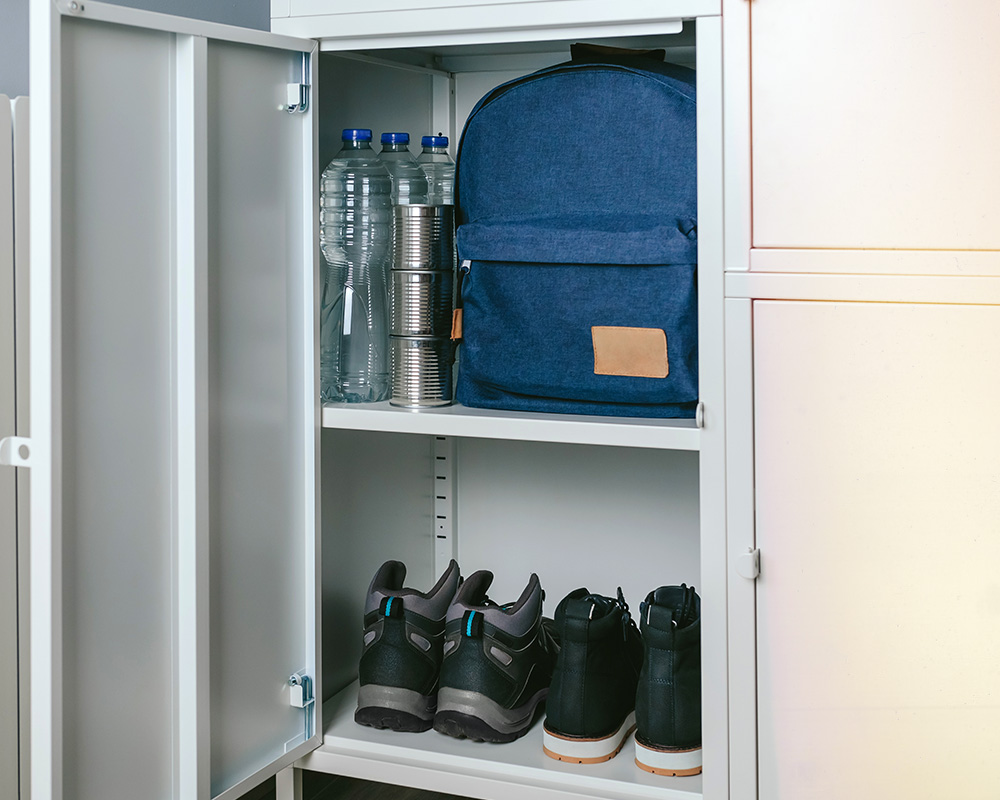
The whole point of a bug out bag is built off the idea of having something you can throw over your shoulders and “bug out” if the need arises. By nature, that connotes a sense of urgency and quickness in response to an event, whether it is a natural disaster or fleeing a threat to public safety.
Choices should be made that reflect this purpose, and one of the foremost ways to do this is by choosing a good bag. There are numerous options on the market that ultimately determine how much you will be able to carry and how you will carry it.
Consider weight and style when making your purchase. The terrain of Appalachia and New York City are completely different, and a choice should be made that will best equip you for your environment. Frame or frameless, tactical operator or nondescript camper, they all have their pros and cons. You want to make sure to choose one that you can reasonably carry for three days, and one that won’t attract a lot of attention in case you have to keep a low-profile.
Once you have the bag part of your B.O.B. chosen, begin to think about the items you choose to carry and their upsides or downsides when it comes to mobility. Is it really essential? Is there a lightweight version? You’d be surprised, but people can easily overestimate their carrying ability. Pack smart when it comes to need and possibility.
Gear Suggestions:
Osprey Talon 22L Men’s Hiking Backpack – With a plain appearance, hip straps, and high-grade materials, this bag will work well in all situations – especially if you’re looking to fly under the radar.
MSR E-Bivy Ultralight Shelter – As an alternative to a tent and sleeping bag, a bivy is lightweight, weather resistant, and perfect for any emergency.
Self-Sustaining: Don’t Starve
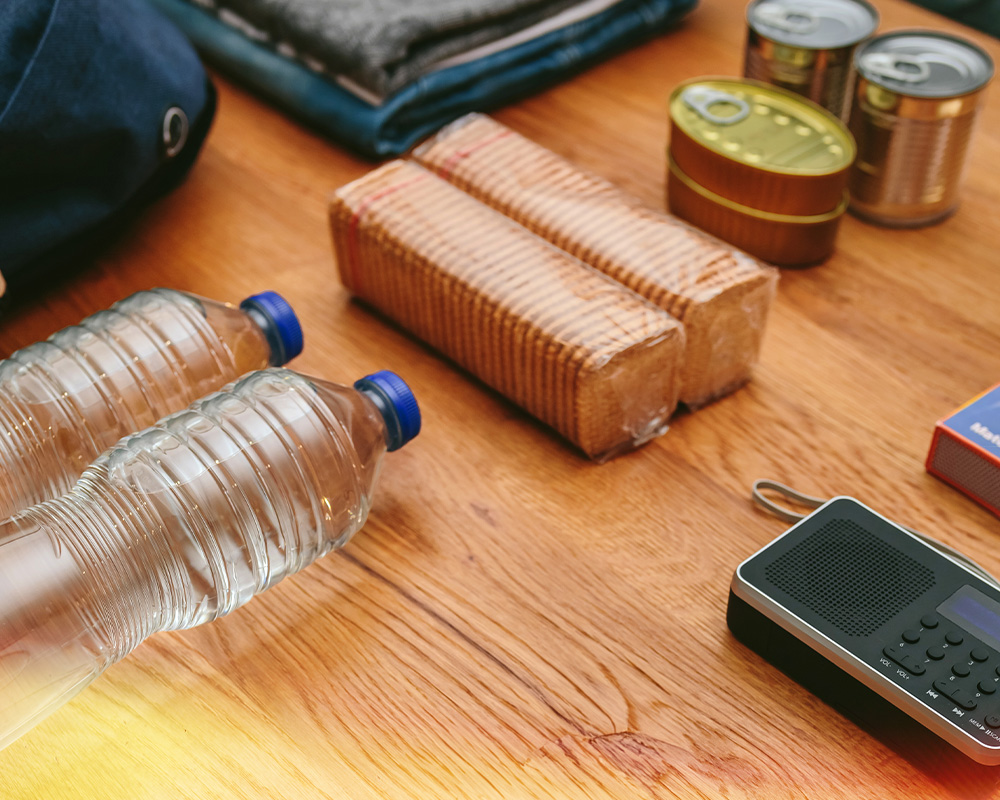
Let’s be real. Most of us eat three square meals a day, which means in the face of disaster, you will need to be able to keep going whether your local Walmart is open or not. So, pack your bug out bag with enough sustenance to last a few days.
No, you won’t be able to carry three days worth of meals, but that doesn’t mean you can’t pack accordingly to get by. High-carb food, such as peanut butter and trail bars, will fill out those lost calories and give you space to pack a few more sustaining freeze-dried meals.
Beyond yourself, consider the other lives you may be responsible for. Do they have any medication or dietary restrictions that could hold you up when on the move? These are things that need to be taken into account when putting your bag together. Cover all the bases for you and your family.
Most importantly, pack water! The most essential item in every survival situation – you can’t go three days without it. Now, you won’t be able to pack enough water to last three days, but give yourself a head start, keep your eyes out for your next fill-up, and go prepared with some sort of water purification system.
Gear Suggestions:
Mountain House Meals – Just add water! Freeze-dried meals provide a quick and easy solution to filling an empty stomach. Toss a couple in your bug out bag, and you should be good to go.
GRAYL GeoPress Water Purifier Bottle – Water purification engineered in a bottle format, this handy device will allow you to drink clean water and save space while on the go.
GU Energy Nutrition Energy Gel – A great little solution for putting some pep in your step. Energy gels supply needed electrolytes and calories to keep going without taking much space.
Adaptive: MacGyver This Thing
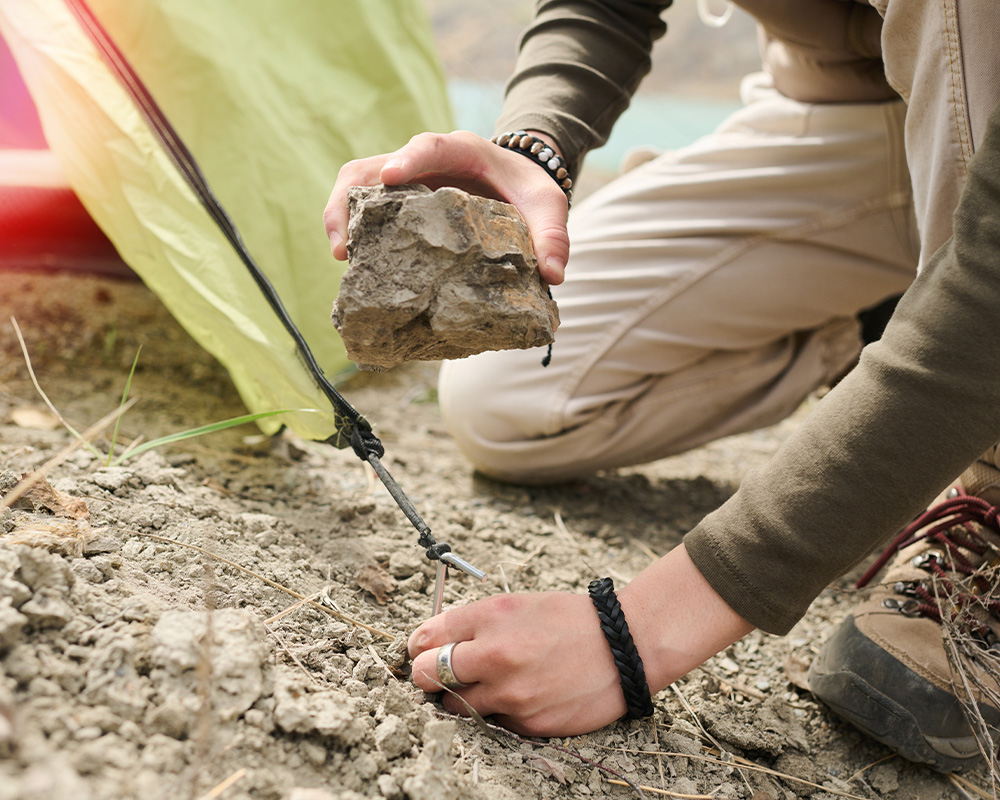
You only have so much space to pack and so much weight you’re able to carry, so when an item has more than one use, pounce on the chance to put it into your bag. Some items may be everyday household items or, specially engineered for multipurpose use in survival situations.
In a critical situation, you never know when an item you usually overlook may come in handy. Trash bags are a perfect example! They can hold water, work as a poncho, or even be stripped out to tie up markers. Open your eyes to the possibilities.
Unfortunately, there isn’t a go-to gadget tool for every situation. Because of this, you’ll need to pack accordingly for many different types of situations. Overall, your bug out bag should be adaptable.
You don’t know when and where you will use your bag, so give yourself a head start by having as many bases covered as possible. Your bug out bag essentials should meet multiple purposes and multiple situations with ease and precision.
Gear Suggestions:
Duct Tape – Redneck engineering can take you far in a survival situation. Patch holes, lash poles, or even use it as a wick, duct tape knows no boundaries.
Leatherman Multi-Tool –Though it will never replace a trusty fixed blade, a good multi-tool will come in handy when you least expect it.
Weather Resistant: Rain, Rain Go Away
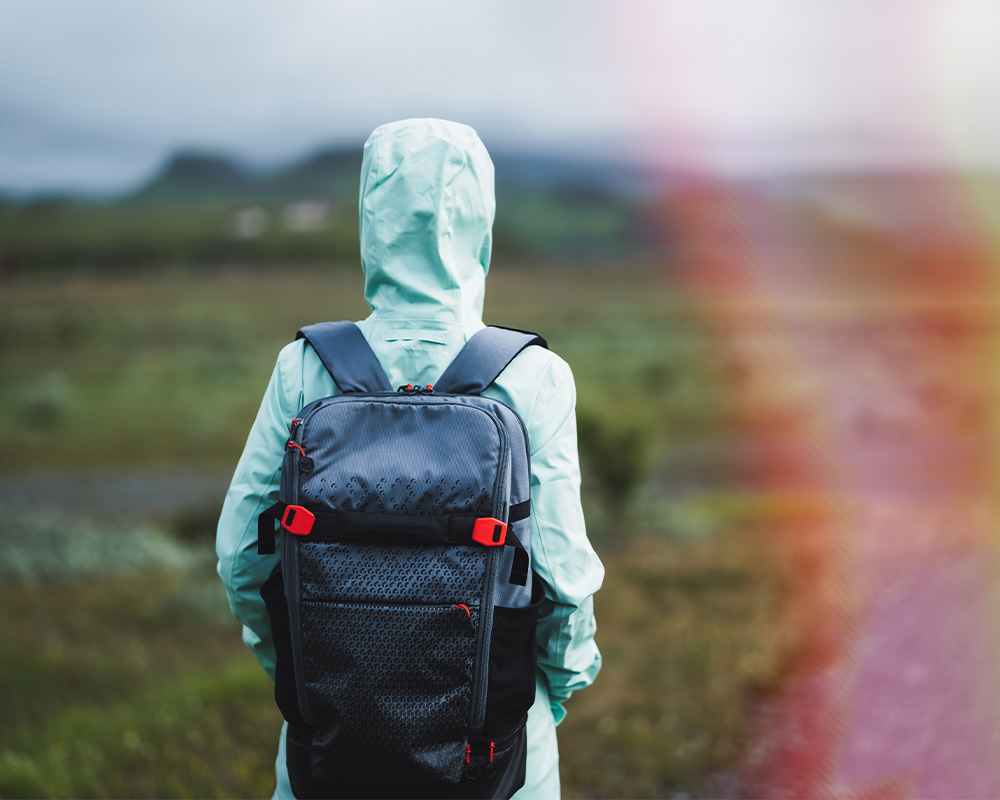
Different climates require different items to provide a minimum level of comfort. You wouldn’t pack a parka to go to the beach. Why would you pack one in a bug out bag when you live in the American South? Don’t just be weather resistant, be resistant to your weather.
Think about the yearly climate and weather where you’re located and what you will need to be prepared for a few days. Rain, snow, sleet, or hail are all possible, and you should be able to respond if they arrive. Each of these requires a different level of protection. Pack in a way that is weather-informed.
Just as important as the clouds above is the ground below. Depending on the topography of your local area, you may deem it smart to pack some specific clothing. A lot of elevation changes may mean you need extra support for your feet, while a desert doesn’t. Conversely, the desert has a whole other set of circumstances, such as sun exposure and greater temperature shifts, that should be taken into account.
The additional clothes or tools you pack in your bug out bag can ultimately make or break your success in the case of an emergency. Go beyond just tossing in an overcoat and a lighter; evaluate your situation thoroughly.
Gear Suggestions:
Bayite Flint Fire Starter – Just like any camping trip, fire is essential for many reasons. Though a lighter may become complicated, a nice Ferro rod will allow you to make fire no matter what.
Arc’teryx Beta Jacket –The key to staying warm is ultimately staying dry. Combine a thermal with a rain jacket, and you’re unstoppable.
Defensive: Beyond Catastrophe
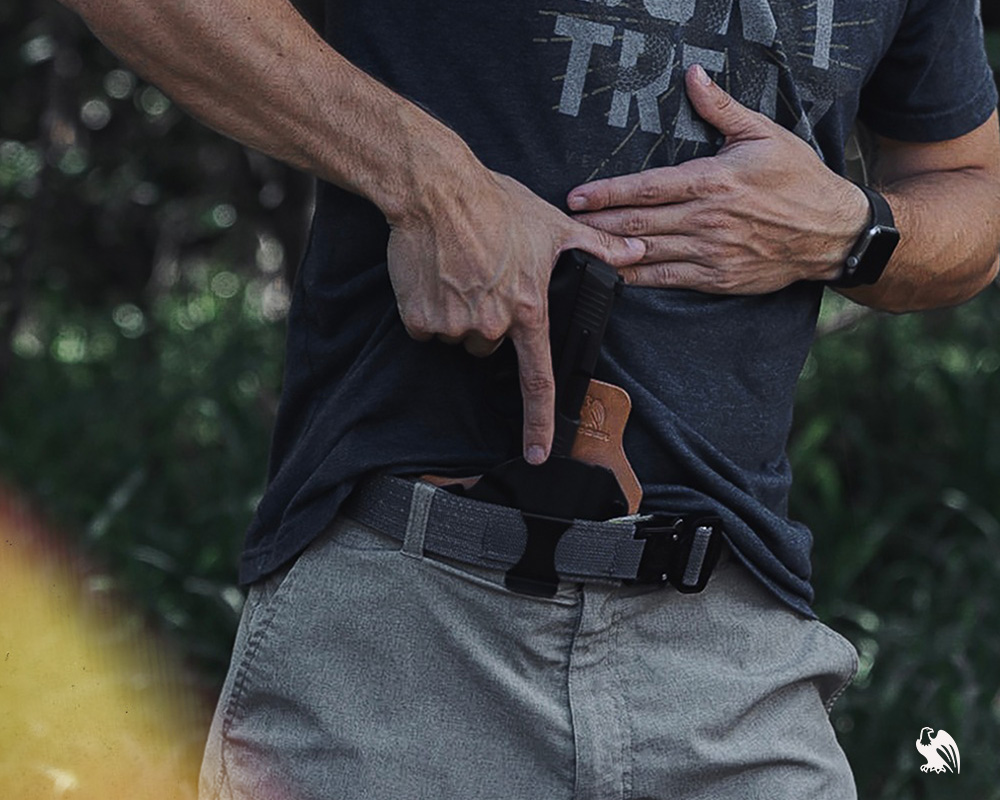
Hardship brings on harsh reality, and unfortunately, you may find yourself in a position in which you need to defend yourself.
Having a prepared bug out bag can easily put a target on your back in the case of a supply shortage, whether it is from another human or a natural predator. The journey from A to B may or may not be a nice walk through the woods, depending on the situation.
Because you never know what you may run into, it’s a good idea to pack some sort of self-protection. Items like guns, knives, and bear spray all have varying levels of capabilities, and it is important to evaluate the potential situation and your own abilities, and train with your weapon of choice.
Additionally, some situations may require abilities that are out of the normal range of defense. For example, air horns and flares can come in great use if you need to signal danger or the need for immediate help. Prepare your bug out bag to have the benefit of many types of defense and signaling.
Gear Suggestions:
Sabre Runner Defense Spray – Shooting a 10-foot combo of pepper spray, tear gas, and marking dye, this mace is small enough to pack in a pocket but mighty enough to deter an attacker.
Vedder Holster – Whether you like to carry OWB or IWB, Vedder has an assortment of high-quality Kydex holsters that will hold your firearm in place and ready for use.
Summary
Although there are many pre-made survival bags on the market and item lists on the internet, building a DIY bug out bag yourself allows you to customize what’s inside to meet your needs. Not everyone is under the same circumstances, but if you focus on a few simple attributes and consider the specifics of what you may realistically face, you can be prepared for anything.
Intelligence, mobility, adaptiveness, weather resistance, and defensiveness are all great baselines to start at for a bug out bag. Consider these as you choose each item in your bag to ensure you aren’t carrying any extra weight or unnecessary items.
If you’re looking for a new IWB, OWB, or pocket carry holster, head to our Holsters by Gun Model page for Kydex holsters that are custom-made for your weapon of choice.
Interested in items beyond holsters? Take a look at our Resources Page for links to recommended products like lights, lasers, first aid, maintenance, and more. Or, browse our selection of apparel, gun belts, and accessories. And be sure to visit our sister company, GeoGrit, to view our collection of durable, RFID-blocking minimalist wallets.
To stay up-to-date on all the latest Vedder Holsters content and offerings, follow us on Facebook, Instagram, Twitter, YouTube, and TikTok. For more shooting and concealed carry resources, check out our blog or download our FREE e-book “The Concealed Carry Blueprint.” To discover which states honor your carry permit or to learn about CCW laws across the U.S., explore our interactive Reciprocity Map.
*This page contains affiliate links. When you purchase a product included on this list, we receive a commission at no extra cost to you.

